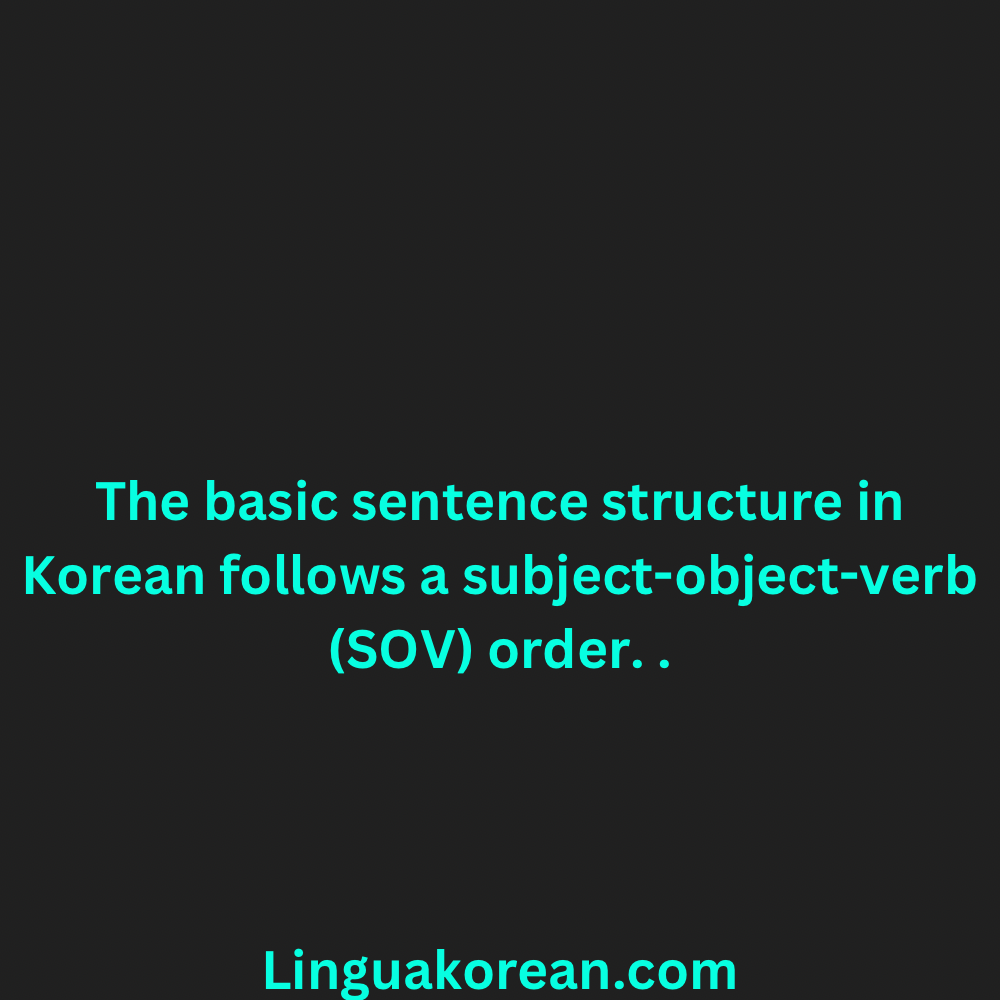Understanding Korean Grammar: A Beginner's Guide
In Korean grammar, honorifics are employed through various linguistic devices, such as verb endings, pronouns, and speech levels. These linguistic markers convey the

Introduction:
Korean grammar may seem daunting at first, especially for beginners, but with a bit of practice and understanding, you can unravel its structure and make significant progress in your language learning journey. In this article, we will explore some essential aspects of Korean grammar and provide explanations to help you grasp its unique features.
Honorifics play a significant role in Korean culture and language, reflecting the emphasis on respect and hierarchy within Korean society. The use of honorifics is not limited to formal situations or addressing elders; it permeates daily interactions and is considered an essential aspect of communication.
In Korean grammar, honorifics are employed through various linguistic devices, such as verb endings, pronouns, and speech levels. These linguistic markers convey the speaker's respect for the listener or the subject of the conversation. Let's explore some key elements of honorifics in Korean:
Verb Endings:
Korean verbs undergo conjugation to indicate honorific speech levels. The verb ending -습니다 (-seumnida) is commonly used to show respect and politeness. It is added to the verb stem when speaking formally or addressing someone of higher status. For example, the verb "to eat" (먹다, meokda) becomes "먹습니다" (meokseumnida) when using the honorific form. On the other hand, the verb ending -요 (-yo) is more casual and is often used in informal conversations or when speaking with friends or peers.